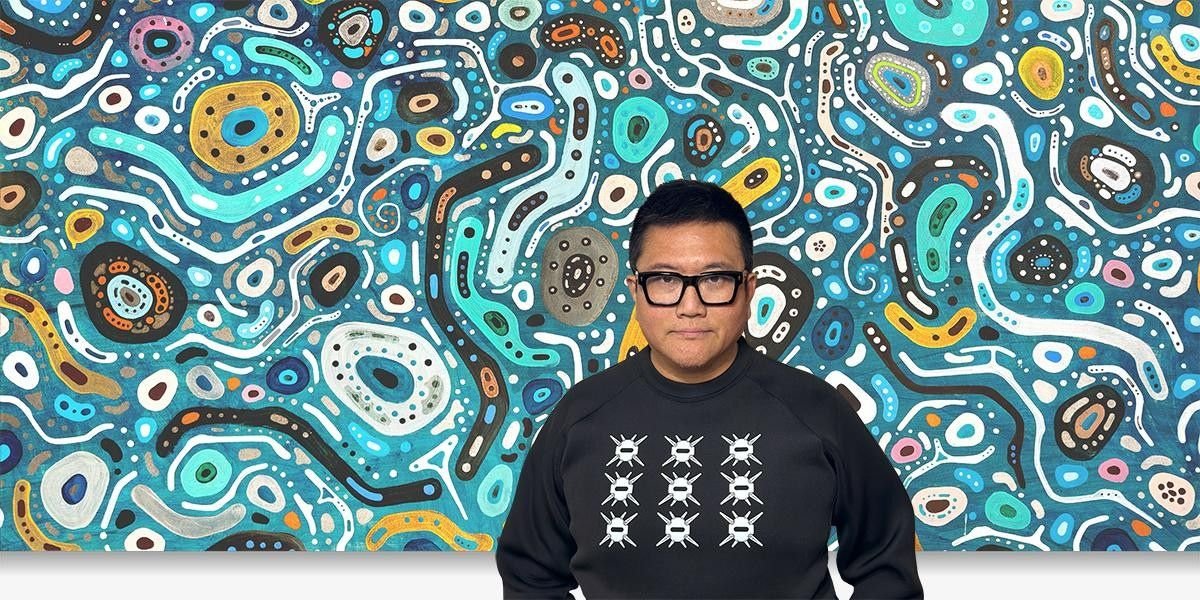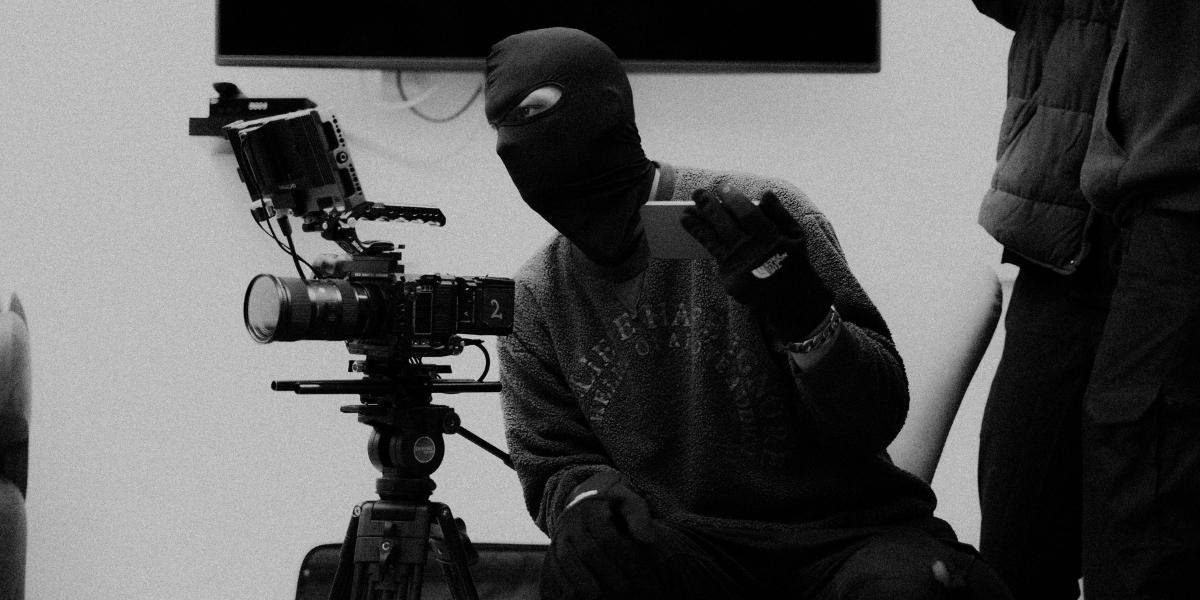By: Karen Lappon
Yilun Li, also known as Sasa, is a London-based Chinese visual artist renowned for her ability to challenge and blur the boundaries between fashion, sculpture, and contemporary art. Her innovative practice frequently explores liminality – spaces of transition and transformation – through the meticulous crafting of intricate forms from unconventional and sustainable materials. Forest of Oblivion, one of Li’s evocative pieces, is a powerful embodiment of these central themes, offering a compelling exploration of emotional complexity and memory. Forest of Oblivion exemplifies this masterfully, blending natural motifs with abstract symbolism, inviting viewers into an introspective dialogue between memory, identity, and the complexities of the inner narrative.
Formally, Forest of Oblivion demonstrates Li’s sophisticated handling of mixed media on canvas, as naturalistic elements like trees, branches, and delicate flowers organically emerge from the surface, physically extending into the viewer’s space. These sculptural extensions blur distinctions between painting and sculpture, evoking an immersive experience reminiscent of stepping into a dream or memory. Li’s brushwork further accentuates this dreamlike quality; the loose, expressive strokes echo Impressionist techniques, where color and form dissolve into atmospheric and emotional resonance rather than concrete representation. This treatment of paint infuses the artwork with a transient, ephemeral quality, evoking the fleeting nature of emotions and memories themselves.
Thematically, the artwork reflects on the interplay between the natural and the abstract, symbolizing the sensational landscape as a fluid, ever-changing entity. Li’s deliberate choice of motifs—a tree, branches, and translucent bubbles—captures the organic yet intangible nature of emotional experience. The tree symbolizes growth, stability, and rootedness, while its intertwined branches suggest the complex, interconnected paths our recollections and feelings navigate. The presence of bubbles introduces an evanescent, fragile dimension, further underscoring the precariousness and delicacy inherent in self-discovery and emotional reflection.
Contextually, Forest of Oblivion resonates with Impressionist sensibilities, echoing Claude Monet’s expressive renderings of nature’s fleeting moments or Pierre-Auguste Renoir’s evocative celebrations of emotional intimacy. Yet Li expands these historical references, transforming them into a contemporary exploration of the inner psychological worlds. Her integration of three-dimensional elements creates a space where viewers are compelled not merely to observe but to engage intimately, becoming participants rather than passive observers.

Photo Courtesy: Jinming Liu / Artist Yilun Li
Li’s work thrives on subtle yet powerful contrasts. Through the juxtaposition of solidity and temporality, clarity and ambiguity, she constructs a visual language that deeply resonates with contemporary experiences of emotional and psychological liminality. Forest of Oblivion thus becomes not merely a depiction of a landscape but a visual metaphor for navigating the intricate and complex layers of self-awareness.
Ultimately, Forest of Oblivion encapsulates Yilun Li’s unique ability to transform introspective exploration into a universal language. By challenging traditional boundaries between artistic disciplines and embracing the nuanced tension between physical presence and emotional fugitiveness, Li’s artwork invites us to reflect on the delicate intersections of our inner and outer worlds, and how deeply intertwined our personal narratives are with the shifting landscapes of memory and identity.
As the poet Li Bai says: “Life is as fleeting as a dream” and Yilun Li’s artworks embody this very feeling of the delicate interweaving of recollection and sentiment in a totally ethereal ambiance.
Author’s Biography:
Karen Lappon is a distinguished member of the International Confederation of Art Critics, specializing in contemporary and modern art. With a keen eye for innovation and a deep appreciation for artistic evolution, her writings delve into the intersections of culture, identity, and technology, offering insightful critiques that resonate across global art communities.
Published by Jeremy S.
















